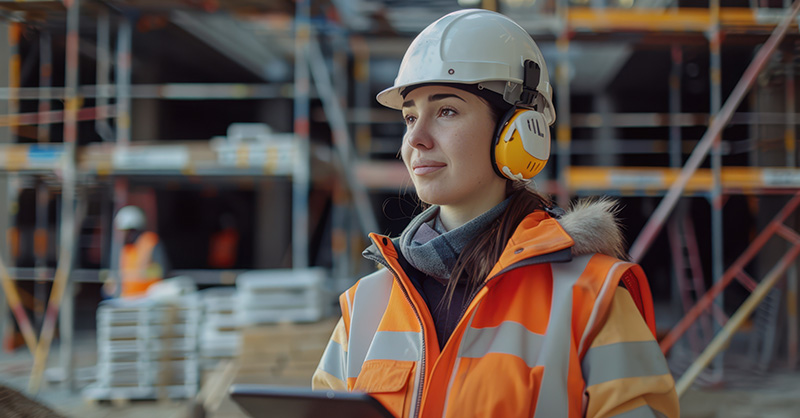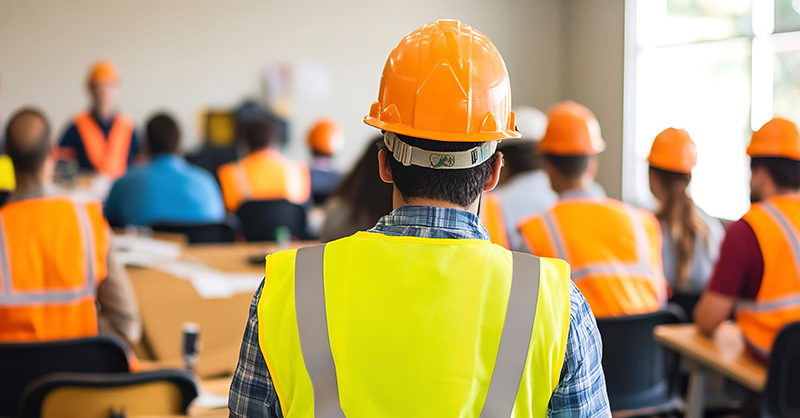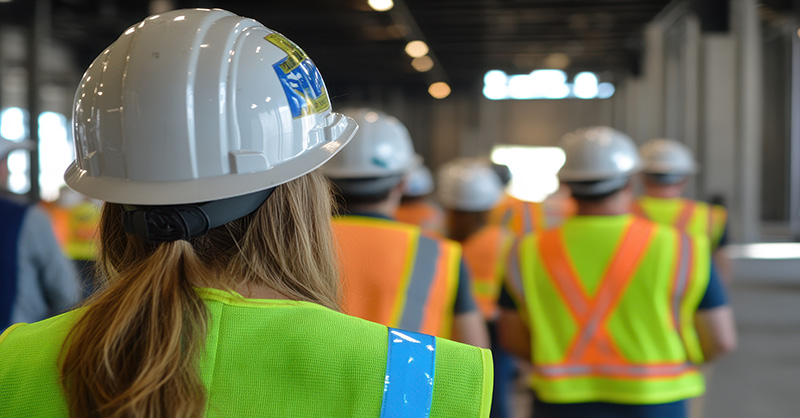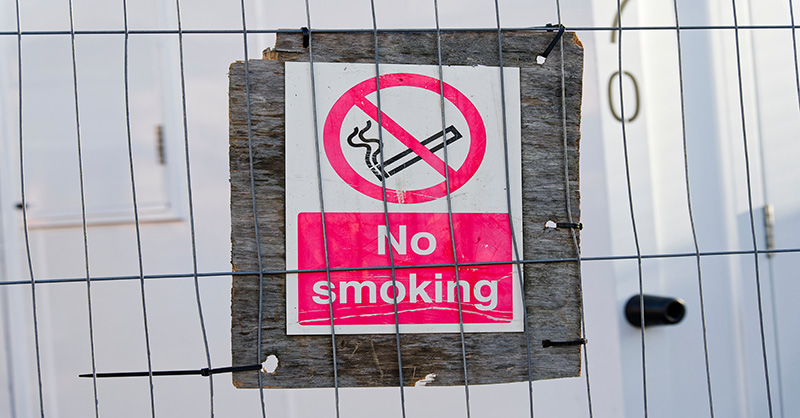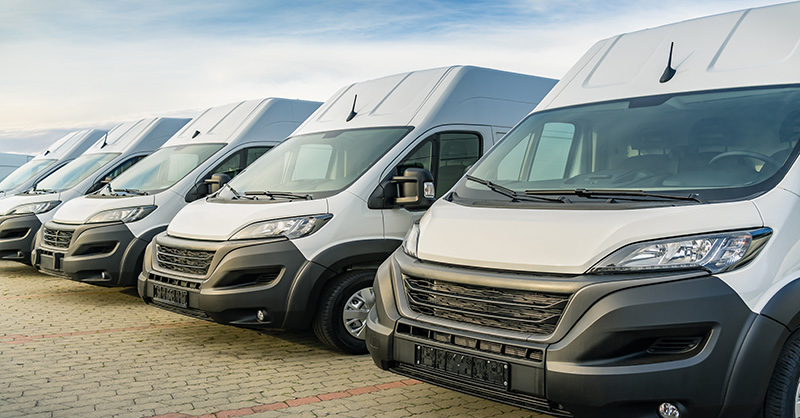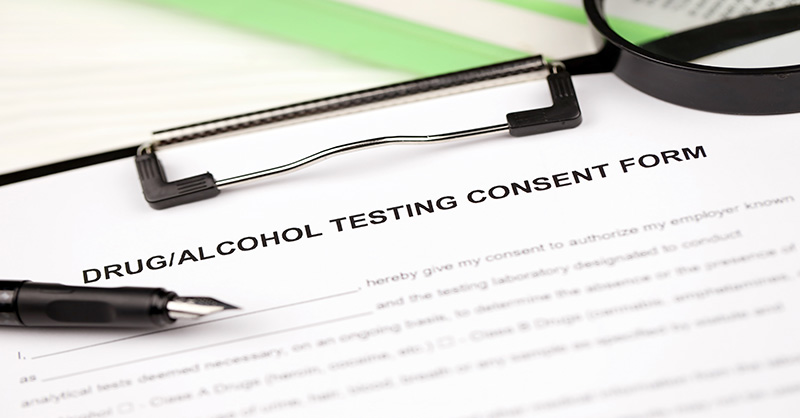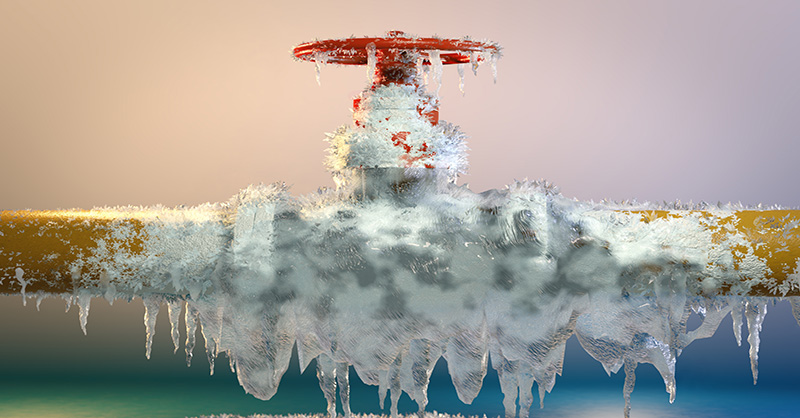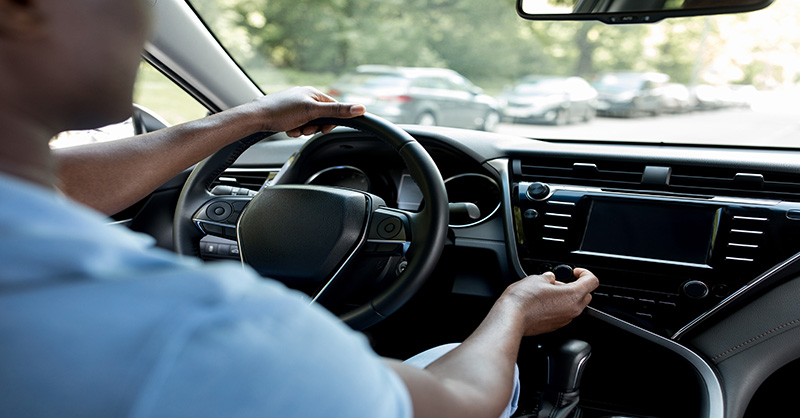Are Space Heaters Safe? What You Need to Know

Portable and space heaters are widely used in various industries and settings to provide temporary heat, indoors and outdoors, especially during colder months. They are useful in hospitality, construction, industrial, warehouse and mercantile buildings where permanent heating systems are sometimes impractical. However, their use comes with significant safety risks that should be managed through proper precautions and maintenance.
Understanding the Different Types of Space Heaters and Their Dangers
When considering space heaters, it is important to understand the different types available: electric, oil-filled, propane, liquefied petroleum gas and kerosene. Each type has its own advantages and safety considerations.
- Electric: These are popular for their ease of use and safety. They operate on electricity and generate heat through a heating element. Unlike other types, they do not produce carbon monoxide or open flames.
- Oil-filled: These heaters use oil as a heat reservoir. They are electrically powered, but the oil retains heat, making them energy efficient. They do not produce carbon monoxide or open flames, but it is important to follow safety guidelines to help prevent overheating.
- Propane: Often used in outdoor or well-ventilated areas, these heaters use propane gas as fuel. They are efficient but require proper ventilation to avoid carbon monoxide buildup. Regular maintenance and proper storage of propane tanks are also important for safety.
- Liquefied Petroleum Gas (LPG): These heaters are similar to propane heaters but use a mix of propane and butane. They are portable and efficient but require proper ventilation and regular maintenance to help ensure safety.
- Kerosene: These are effective for heating large spaces and run on kerosene fuel. Proper ventilation is important to help prevent carbon monoxide accumulation.
Portable Heaters and Space Heater Safety Features
Familiarizing yourself with key safety features can help reduce the risk of accidents and fires.
- Automatic Shut-off Feature: This feature turns off the heater automatically if it reaches a certain temperature or is left unattended for a specified period. This helps prevent overheating and reduces fire risks.
- Tip-Over Protection: Heaters with this feature automatically shut off if they are accidentally knocked over, preventing potential fires or burns. All units should have substantial bases to help prevent tip-overs.
- Overheat Protection: This feature includes sensors that detect when internal components reach dangerous temperatures and automatically shut off the heater to help prevent overheating and fire hazards.
By choosing heaters with these safety features, you can enjoy warmth and comfort while minimizing potential risks.
Proper Usage and Placement of Space Heaters
Correct usage and placement of space heaters are important to help ensure safety. Adhering to these guidelines can significantly reduce the risk of accidents and fire hazards:
- Maintain a safe distance from flammable materials by keeping your space heater at least 3 feet away from curtains, furniture and rugs. Do not use a heater in areas with flammable paints, gas cans or matches. Check the manufacturer’s specifications for clearances, and strictly adhere to them.
- Units should be suitable for use on combustible floors.
- Do not expose your heater to weather unless marked Suitable for Outdoor Use. Tarpaulins, which are used to provide a temporary enclosure for heaters, should be made of fire-retardant materials.
- Always place your space heater on a stable, level surface. Avoid placing it on uneven or unstable surfaces to help prevent tipping, which can cause burns or fires. Help ensure the heater is positioned on a sturdy, flat surface for stable operation.
- Avoid using extension cords with electric heaters. These might not handle the electrical load, causing overheating and potential fires. Instead, plug your heater directly into a wall outlet, following the manufacturer’s electrical requirements.
- Unplug your electric heater when it’s not in use by pulling the plug straight from the outlet.
Always read and follow the manufacturer’s instructions for your specific space heater model for additional safety precautions.
Additional Considerations for Liquefied Petroleum Gas (LPG) and Natural Gas-Fired Heaters
- LPG Storage: Walls, floors, and ceilings of LPG storage rooms, within or adjacent to other parts of the buildings, should have at least a two-hour fire-resistance rating. Each opening to the LPG storage room should be protected by a fire door that has1 ½-hour rating. Quantities of LPG stored in special buildings or rooms should not exceed 10,000 pounds, and heaters should be placed at least 6 feet away from any LPG containers. No open flames should be permitted in the storage room. Floors should not be below grade.
- LPG Hoses: Hoses should be designed for a working pressure of 250 PSI and with a minimum burst pressure of 15,000 PSI. The length of the hose should be kept as short as practical, preferably no more than 10 feet.
- Hose Protection: Hoses should be protected by excess flow valves to control gas flow in case the hose ruptures.
- Gas Pilots: Units should be provided with effective gas pilots to control the main supply of gas.
- Electrical Equipment: Electrical equipment should be installed in accordance with Class I, Group D, Division 2, of the National Electrical Code.
Additional Considerations for Oil-Filled Heaters
- Spark Ignition: Continuous electrical spark ignition should be provided.
- Safety Devices: Units should be equipped with proper flame safeguards, fuel shut-off, and excess temperature limit control devices.
Importance of Regular Maintenance and Inspections
Regular maintenance and inspections are important to help ensure the safety and efficiency of space heaters. Below are some simple steps to follow:
- Regularly clean and dust your space heater. Dust and debris on heating elements can reduce efficiency and pose a fire risk. Use a soft cloth or brush to wipe away dust and help ensure the heater is unplugged and cool before cleaning.
- Check for damaged cords or plugs. Frayed or worn-out cords can increase the risk of electrical fires. Inspect the power cord and plug for damage, such as exposed wires or loose connections, and replace or repair as needed.
- Help Ensure proper ventilation around your heater. Place the heater in an open area, away from flammable materials, and maintain at least 3 feet of clear space around it to allow proper airflow and prevent overheating. Adequate ventilation should be provided at the floor and ceiling levels.
- Regularly check units left on during nonworking hours.
- For fuel-powered heaters, inspect fuel lines, tanks, vents, and gaskets for damage, corrosion, leaks, holes, or blockages.
By regularly maintaining and inspecting your space heater, you can minimize the risk of accidents and ensure safe operation. Always follow the manufacturer’s guidelines for maintenance and safety. If you have concerns, consult a professional.
